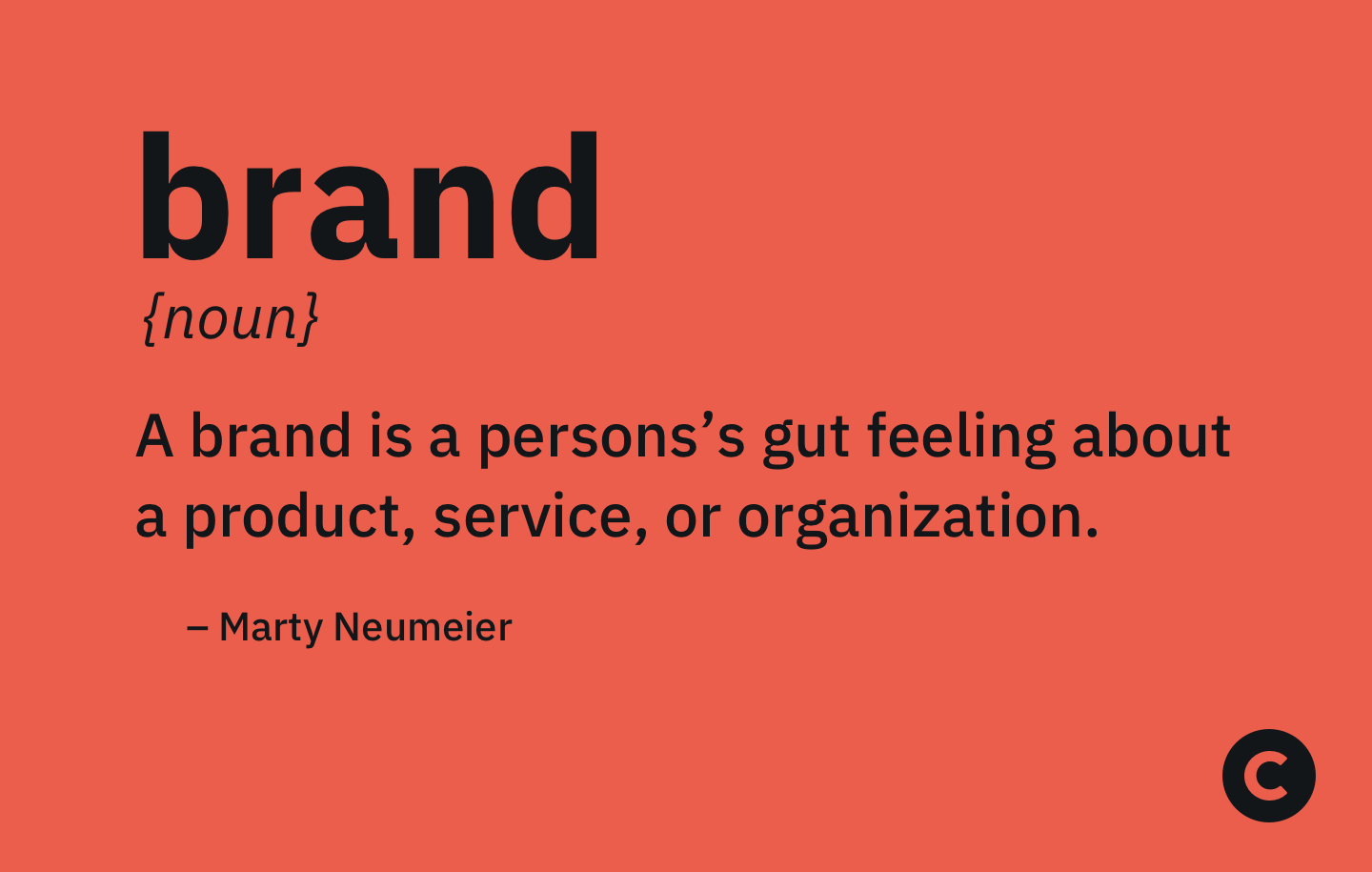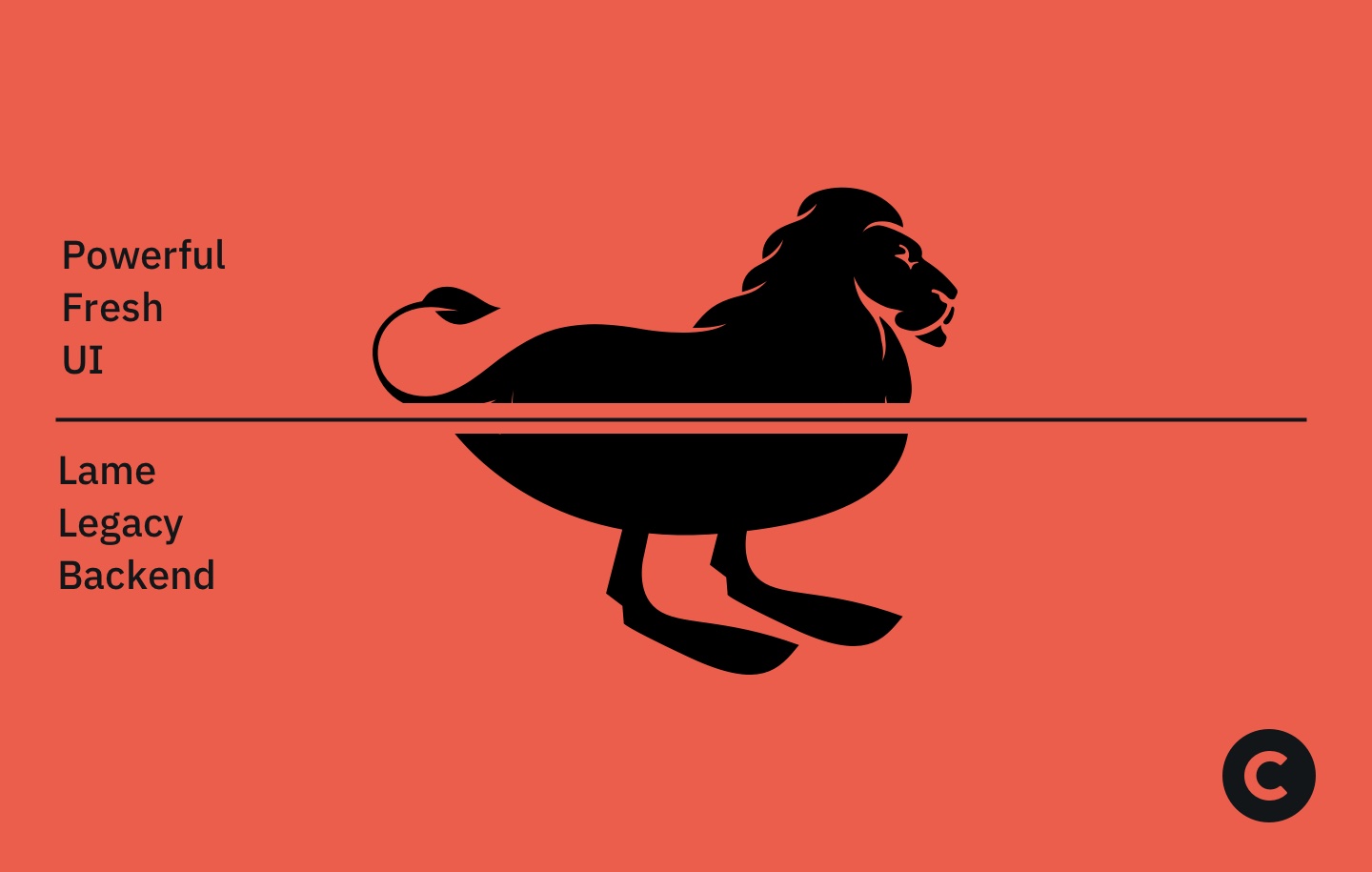
UX as a decisive factor in branding
Marketeers need to rethink: not only is it the logo, brand values or campaigns that decline branding during these times. If you vex your target audience with complex digital services, you destroy more than any campaign can ever build. User experience has long since become the decisive factor in branding. And the bar is high.
First of all, a quick clarification: branding is not just visual. Branding is so much more than just a logo. Branding is everything that others - especially existing customers, prospective customers, stakeholders or users - perceive of what a company or a product offers, does, embodies or promises.
Brand definition by Marty Neumeier
When using a website or a device is cumbersome or even frustrating, it does something to the users. If you aren't familiar with the brand yet, you quickly get impatient and annoyed - and probably just move on. If you love the brand, your patience may last a little longer. In both cases, however, the following applies: the experience you have has a significant impact on the perception of the brand, the branding - either leading to immediate rejection or with a more or less temporary withdrawal of your affection.
Well-made digital services that accommodate users, that literally embrace them and their needs, can make a good impression. This strengthens the entire branding and enhances the brand in the long term.
Example: UX keeps the Telekom brand trapped in grey boxes on the sidewalk.
I would like to use a personal example to illustrate how branding works well - and at the same time badly: I am a Telekom AG customer - both for mobile communications and at home (we don't have landline Internet, except for mom and dad.). It's a bit more expensive than others, but the quality of the service provided at the T-Punkt stores and their hotline is really great. That's the one side.
What about the accompanying digital services, however? Want to connect landline and mobile? Below average. My Magenta app? Self-service portal? Catastrophic. Unusable.
And what does that do to me? My trust in Telekom extends as far as the cellular network and the Internet connection at home. They are capable of building cell phone masts and maintaining them, laying cables and putting grey boxes on the sidewalk. No question about it.
However, when it comes to their software and digital services, I have zero confidence in them. This is exactly why I will never purchase video on demand or smart home services and devices from Telekom. It would never cross my mind - although I don't even know exactly what they offer. Simply because up to this point, I have not been able to build any intrinsic trust in them.
This subjective evaluation on my part shapes the branding in my perception - based on my user experience with the digital services:
For me, Telekom means cable and infrastructure. But never smart home, innovation or software.
By the way: I have a FritzBox connected to my Telekom DSL line. And my smart home environment is based on Google Home. For several reasons.
There's no such thing as a bit of UX. And certainly not for free.
Telekom has fallen into the same trap as all companies that made "online" services available early on. Many retail banks face a similar car crash from the early 1999 self-service dilemma: the fatal thing for these companies is that they are sitting on an legacy IT infrastructure which maps the basic customer and contract data.
The bad news for these companies: a big cut is needed if they don't want to destroy their branding. Placing a freshly papered interface over old database structures is a recipe for disaster - in terms of performance, in terms of UX, and ultimately in terms of brand perception.
There is simply no such thing as a little UX to paper over the cracks on old walls. A significant clean-up is required behind the scenes if UX is to be designed in a contemporary manner.
The bad... good thing: Everyone is a UX expert these days.
Whether in telecommunications, banking or elsewhere, so many new players exist in the markets these days who lead the way: Modern infrastructure that allows digital services to be designed just as users need them today. Mostly in the way that each individual user needs it as well. Today like this, tomorrow like that. Flexible. And what looks refreshingly good at first sight quickly becomes the new normal. And that's the bar that users set - their expectations are high these days due to their experience with UX icons like Apple and newer players like N26.
From the perspective of established players who have been in the market for years, this may seem unfair. They have no choice, however. In the new world of digital services, they won’t score any points as long as they continue without versatile systems that provide an infrastructure to flexibly map and constantly adapt to contemporary UX demands. Not in terms of branding - and also not in terms of market share and sales in the medium term either.
So if you want to perform meaningful work on the value of an established brand, you need to steer away from investing in the umpteenth corporate font, or a facelift of your corporate design, or new chic interfaces which are meant to run on the database structures from 1999.
A user-centric view of needs - with foresight - should inevitably lead to a new infrastructure concept. In order to then be able to introduce digital services that meet the UX requirements of today's users. And then offer room for innovation and new brand values.
Which brings us back to branding. And the love for a brand. You can also call it loyalty, sales or market share. It all depends on your perspective.



